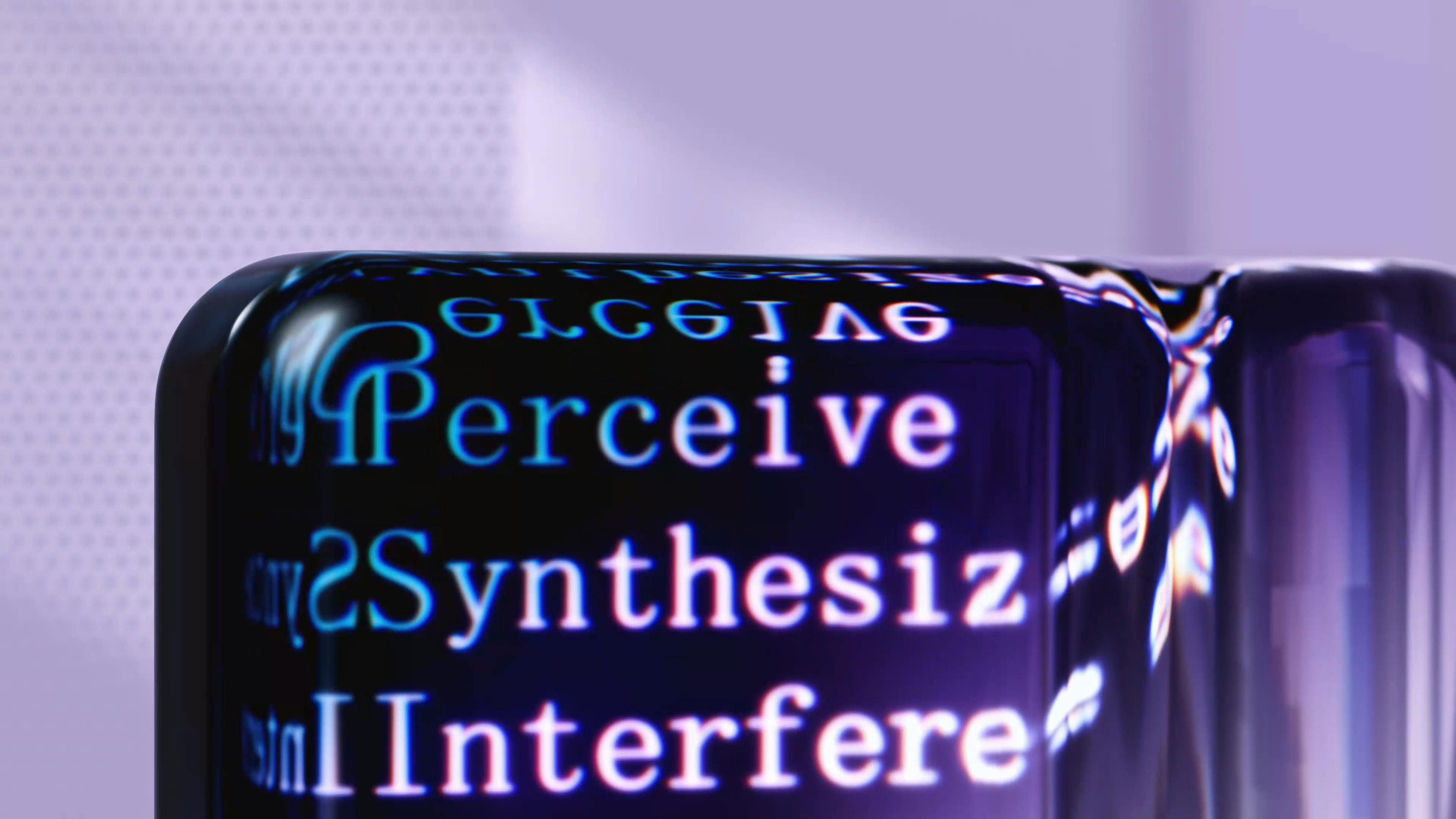
Mastering the Art of Prompt Crafting for Image Generators
In today’s AI environment, technologies like DALL-E, Firefly, and Gemini are transforming visual content production. Knowing how to develop successful prompts is essential for anybody interested in AI, whether they are a designer, marketer, or simply want to have fun with it. Here’s a handy guide to help you create the greatest prompts and make the most of these image generators.
What Are Image Generators?
Before we dive into writing prompts, let’s first comprehend these image generators:
- DALL-E: Developed by OpenAI, DALL-E can generate graphics from text descriptions by combining concepts, traits, and styles in new ways.
- Firefly: Adobe’s Firefly excels at producing high-quality photographs, particularly for artistic and commercial usage, owing to its huge database and features.
- Gemini: Known for its adaptability and precise image production, Gemini enables users to generate very specialized and innovative graphics based on text input.
Tips for Writing Effective Prompts
1. Be Specific
The more specific your prompt, the better the outcome. Vague suggestions might result in generic visuals, whereas specific prompts direct the AI to create exactly what you envisage.
Example:
- Vague: “A dog in the park.”
- More Specific: “A golden retriever puppy playing with a red ball in a sunny park with green grass and blooming flowers.”
2. Use Descriptive Language
Use words, colors, and emotions to improve your prompt. Descriptive language helps the AI grasp the subtleties of your request.
Example:
- Simple: “A mountain.”
- Descriptive: “A majestic snow-capped mountain under a clear blue sky at sunrise, with golden light illuminating the peaks.”
3. Add Style and Medium
Choosing the style or medium may have a big influence on the outcome. Whether you want a painting, sketch, or photorealistic image, specifying this in your request will direct the AI accordingly.
Example:
- Without Style: “A portrait of a woman.”
- With Style: “A vintage oil painting of a Victorian-era woman with intricate details and a soft color palette.”
4. Experiment with Creativity
Do not be afraid to think outside the box. Image generators thrive on imagination and can combine unexpected elements to create one-of-a-kind graphics.
Example:
- Conventional: “A cat sitting on a couch.”
- Inventive: “A cat wearing a wizard’s hat, sitting on a floating couch in a starry galaxy.”
5. Iterative Refinement
Begin with a general concept and then tweak your prompt based on the generated images. Iterative refining helps in honing in on the ideal visual.
Example:
- Initial Prompt: “A futuristic city.”
- Refined Prompt: “A futuristic city with towering skyscrapers, flying cars, and neon lights at dusk.”
Examples of Prompts for DALL-E, Firefly, and Gemini
DALL-E
Prompt: “A surreal landscape with floating islands, waterfalls cascading into the clouds, and bioluminescent plants.”
Result: DALL-E would create a fantastical image by combining the given elements into a cohesive and imaginative setting.
Firefly
Prompt: “A photorealistic image of a bustling 1920s street market with vendors selling fruits, vintage cars parked along the road, and people dressed in period attire.”
Result: Firefly would generate a highly realistic and historically accurate picture suitable for commercial or artistic use.
Gemini
Prompt: “A steampunk-themed airship sailing through a stormy sky, with gears and cogs visible on its exterior and lightning illuminating the scene.”
Result: Gemini would develop a dynamic and detailed image that captured the spirit of the steampunk look through meticulous attention to detail.
Conclusion
Mastering the skill of crafting prompts for image generators such as DALL-E, Firefly, and Gemini can open up new creative possibilities. By being detailed, utilizing descriptive language, identifying styles, embracing innovation, and refining iteratively, you can maximize the power of these tools. So, start exploring and let your imagination go wild!





